
You may not hear it about it much, but Clostridium perfringens is one of the most common foodborne illness sources with about 1 million cases in the U.S. each year. Common symptoms are diarrhea and stomach cramps within 6-24 hours of eating contaminated food.
Where is it commonly found? In foods that have been temperature abused. This means the food was kept at unsafe temperatures, between 40°F—140°F, and pathogen grows and multiplies. Common food sources include soup, stews, gravies, meat, poultry, casseroles and other large amounts of food. Outbreaks tend to happen where large groups of people are served the meal. These outbreaks occur mostly in November and December.
So, as you plan your holidays, remember to keep hot food hot, cold food cold, and cool leftovers safely by dividing large quantities into small quantities to cool quickly. Do your part to prevent illness from C. perfringens!
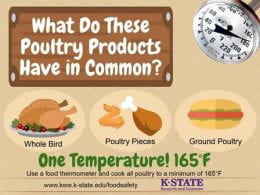 The practice of washing or rinsing raw poultry can actually put you and others at a higher risk of foodborne illness. Quite simply, there’s no need to do this.
The practice of washing or rinsing raw poultry can actually put you and others at a higher risk of foodborne illness. Quite simply, there’s no need to do this.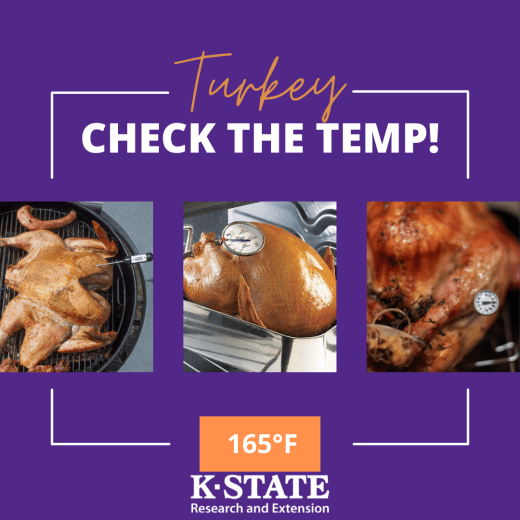
 A three-part series of webinars will take place in October and November for entrepreneurs who want to start a food business. These webinars are hosted by the North Central Food Safety Extension Network.
A three-part series of webinars will take place in October and November for entrepreneurs who want to start a food business. These webinars are hosted by the North Central Food Safety Extension Network.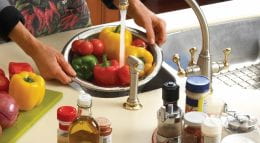
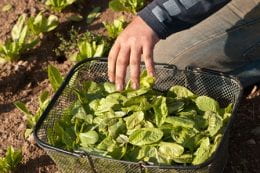
 The Partnership for Food Safety Education has several
The Partnership for Food Safety Education has several 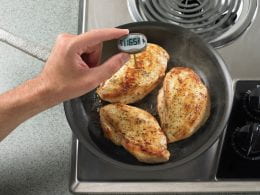
 Chicken wings are very popular. But Salmonella has been the spoiler due to improper cooking. Many cooks do not use a food thermometer or just use visual clues for doneness. The recommended internal temperature for all poultry products is 165°F.
Chicken wings are very popular. But Salmonella has been the spoiler due to improper cooking. Many cooks do not use a food thermometer or just use visual clues for doneness. The recommended internal temperature for all poultry products is 165°F.